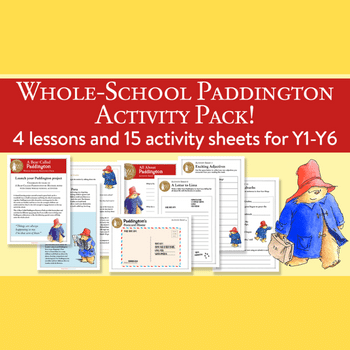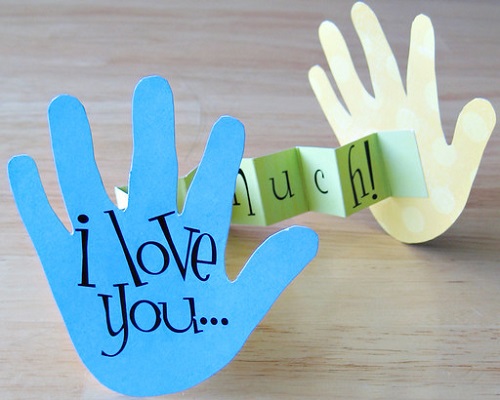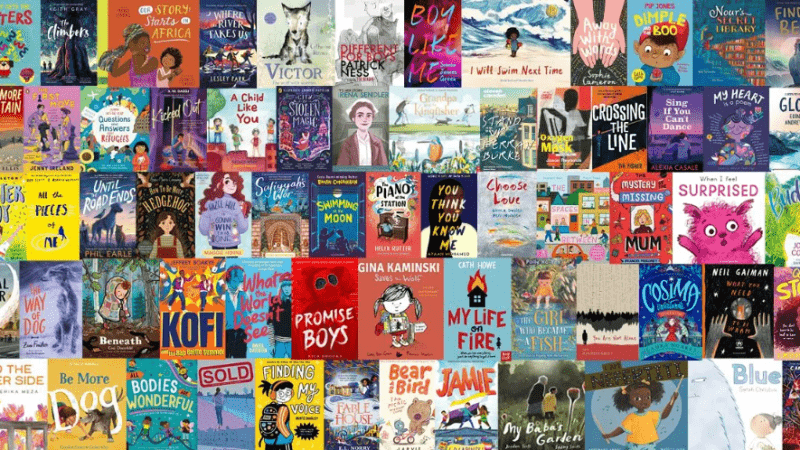What’s the best behaviour management plan when low-level disruption begins to bubble up?

“As the adult within your classroom, you create the atmosphere”…

So, you’ve completed your first term with your new class, and not listening to the age-old behaviour management advice, you’ve even smiled before Christmas. You’ve seen the merits in developing relationships and are seeing the fruits of your investments. You’re feeling confident with using your school’s behaviour policy within your class and the children are responding to it.
However, you begin to worry about repeated low-level disruption. Shouldn’t you have cracked that by now? You don’t want to fly through the behaviour system and involve more senior staff just because a few over-eager children are shouting out answers, but it’s becoming disruptive to the learning of others.
They’re still learning well, but they just can’t seem to control these outbursts. You’ve even heard whispers in the staffroom about the behaviour in your classroom, leaving you wracking your brains about which strategy to apply. It’s time for a new year and a new start.
Strategy 1: Positive behaviour spotting
It’s easy to feel your patience slipping when you hear negativity from ‘mood hoovers’ about how they feel about the behaviour in your classroom. But remember that, you, as the adult within your classroom, create the atmosphere, affect the day and influence your children. You can achieve the classroom atmosphere that you desire by positive behaviour spotting.
When a child is showing the undesirable behaviours that are causing disruption to others, instead of using negativity or consequences, praise somebody within your class that is showing the positive behaviours that you want, such as, “Well done for putting your hand up”.
As you get to know your children better and develop stronger relationships, you will begin to be able to notice when your ‘eager’ child is getting fidgety and become more proactive in your approach by praising them for their positive behaviour before the shouting out even occurs.
The key thread running through all three of these strategies is support. By keeping that as your focus, you can continue to develop an atmosphere within your classroom that ensures the adults have a positive impact on the lives of the children and equip them for the subsequent stages in their school life.
Children that shout out want to show you that they know the answer to your question. They want to please you by giving you what they want. There’s no deliberate act of wanting to disrupt learning. By positive behaviour spotting, you aren’t having to give negative attention, which neither you nor the child want.











